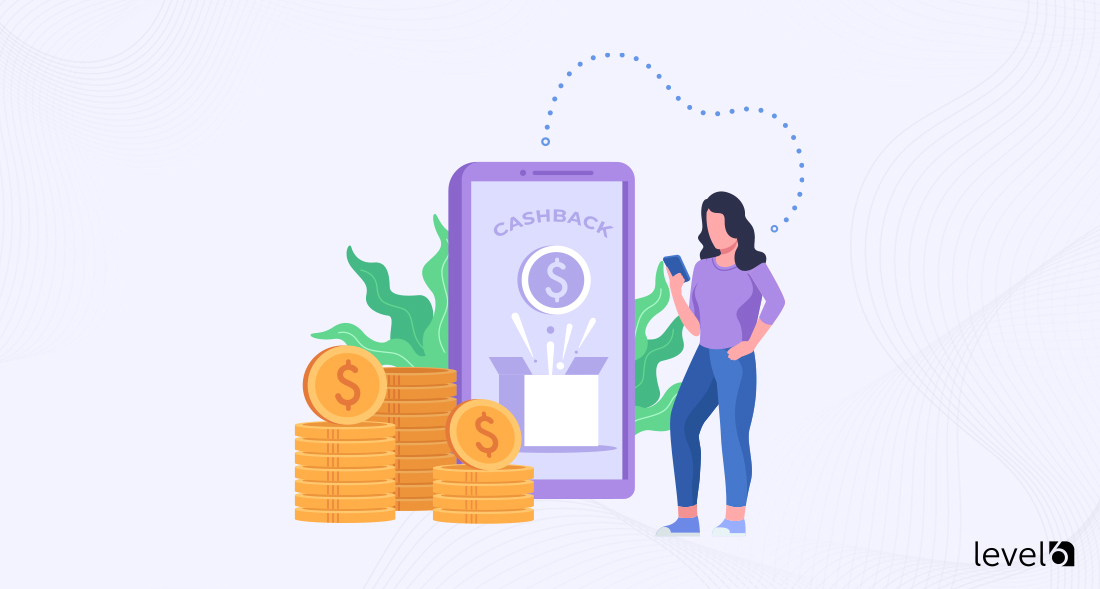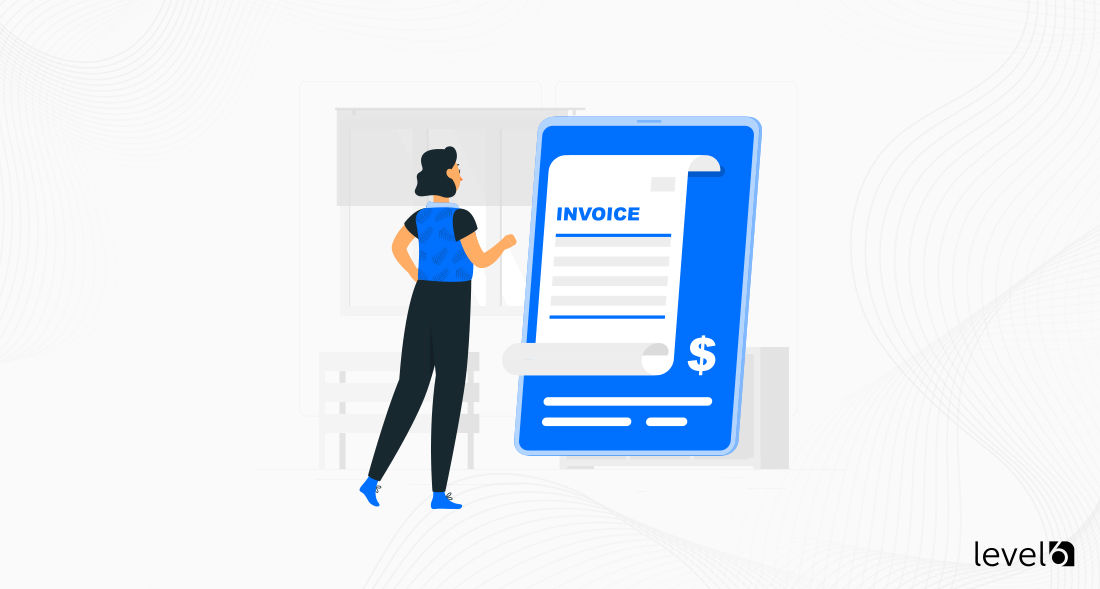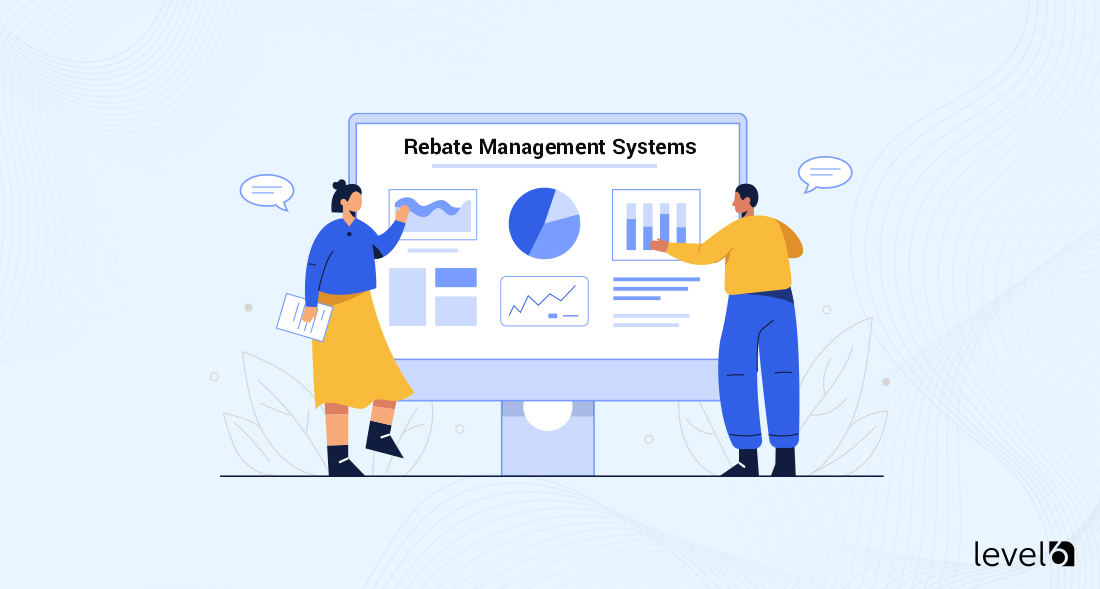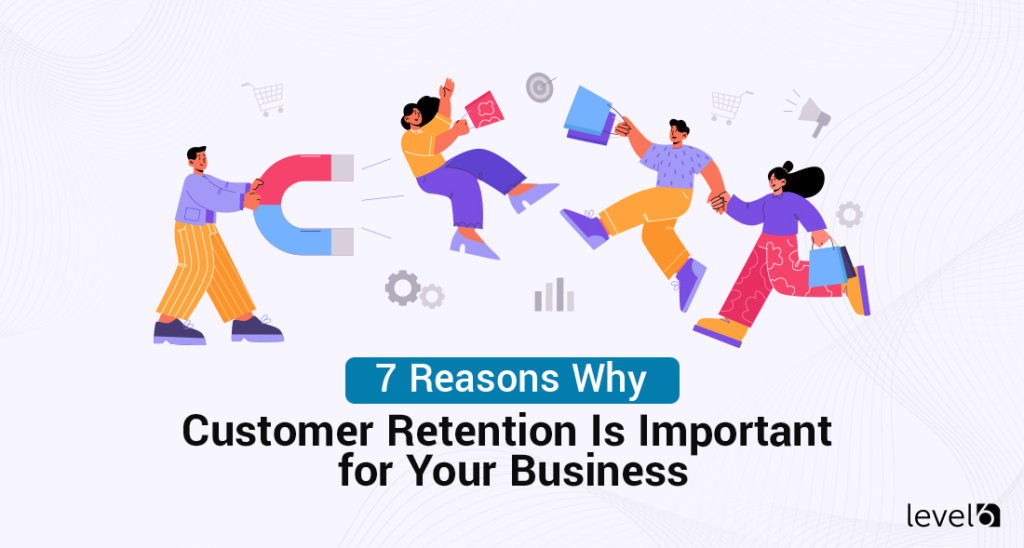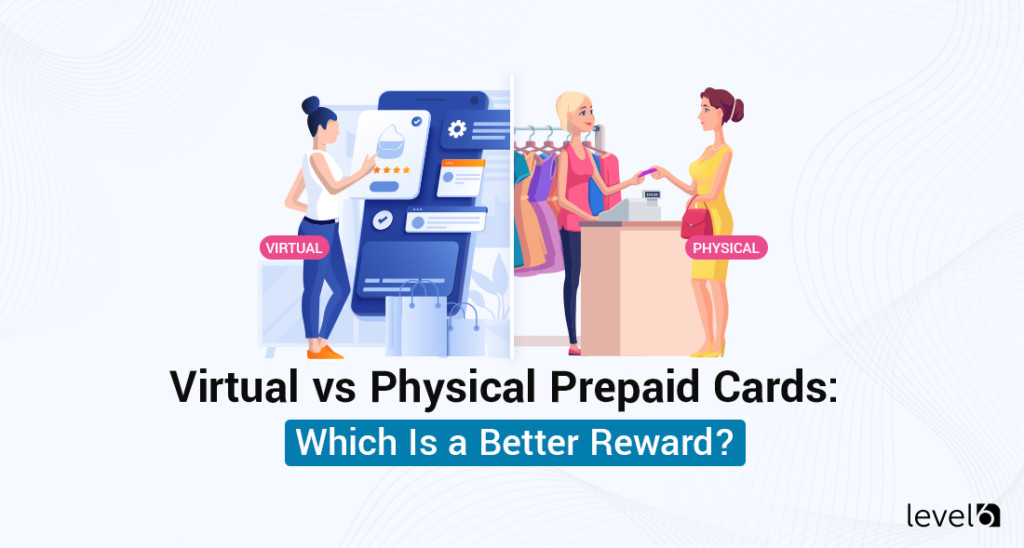When it comes to rebate strategies, they all have the same goal:
- Increase buyer interest
- Gain stronger consumer loyalty
- Make more money
Rinse and repeat.
Rebates are also known as “a premium with purchase.” It’s a reward dangled in front of customers to get them to buy something from you rather than your competition. The Promotion Marketing Association reports that “rebates make consumers 75.4% more likely to make a purchase.”
That’s an impressive statistic. Only 15.4% of those surveyed felt that the offer of a rebate had no effect on whether they would buy an item or service, and bizarrely, 9.1% said they would be less likely to buy if they were offered a rebate.
Over $500 million in rebates go unfulfilled every year. Their redemption rates usually range between 5% to 80% and never hit 100%. Leflein Associates released a study that showed almost half of people who got a rebate never cashed it in.
- 41% of people surveyed reported they simply forgot about the rebate, so they never tried to redeem it.
- 25% lost the required paperwork
- 20% didn’t think the redemption process hassle was worth the effort.
The difference between a rebate and a discount is that a rebate happens after the sale takes place, while discounts happen at the point of sale.
Companies use rebates as a way of protecting themselves from changing order volumes. Discounts are a bit of a gamble — the discount won’t help your bottom line until a certain order quantity is reached, and if you don’t reach that quantity, you won’t make as much money.
Rebates are only assessed once the full price has been paid so financial targets are met. Given how less than half of rebates are actually redeemed, it’s much less of a gamble, and the business can assess whether offering the same rebate in the future will make sense.
Looking to learn more about an incentive, rebate
or reward program for your business?
Curious about costs?
Try our instant pricing calculator:
Designing a Rebate Offer
In a simplified overview of what to consider when designing a rebate offer, these six “will influence activation rates, consumer satisfaction, confidence, and brand sentiment:”
1. What advertising campaign will best promote the rebate offer?
2. What savings will be given on a product or service? This creates the perceived rebate value.
3. The final price (or strike price) of the product or service after the rebate is redeemed.
4. How much effort needs to be made in order to redeem the rebate?
5. How to build the consumer’s confidence they’ll be able to redeem the rebate successfully.
6. The belief is that individuals spend their money “first on what they value most highly” in order to feel satisfied. This satisfaction is called “utility” and helped coin the calculation of utility margin to income.
The author of this overview gave a clear example that helped show how these six ideas work together in a realistic scenario:
“The consumer walks into a store. She is deciding between two products and sees that Brand A has a rebate offer (advertising) for 20% off (rebate value). Quick math shows her the rebate will be for about $10, and she can submit her rebate on her phone (effort). The fine print states some might not get the rebate for up to 12 weeks (consumer confidence). But it’s a product she buys regularly, and she’s always wanted a reason to try this brand (utility margin to income). She purchases the product and—then totally forgets about the rebate.”
Types of Rebate Offers
Several different types of rebate offers exist depending on the industry and its trading partners. Not only that, but rebates are viewed from two perspectives: vendor rebates and customer rebates.
Vendor rebates are agreements where the payments are received from a supplier (merchants and distributors). If you have accounts receivable and are on the purchasing side of a rebate agreement, you’ll deal in vendor rebates.
Customer rebates are agreements where the payment is given to a buyer or customer. If you have accounts payable and you’re on the selling side of a rebate agreement, you’ll deal in customer rebates.
With that in mind, here are seven examples of the over 300 different types of rebates:
- Product launches are an opportunity to offer an extra percentage discount across an entire product range when the customer spends a certain amount on the new product being promoted.
- Growth incentives are used to increase total volume (rather than just individual order volume) by basing the rebate on incremental order growth.
- End-of-life promotions help clear out old versions of stock prior to the newest version’s release.
- Product mix incentives encourage buyers to buy more types of related products from a supplier by offering rebates based on total spending over a period of time.
- Central distribution center rebates can be an attractive option for companies that already have their own central distribution center and can use this type of rebate to fund their in-house distribution costs.
- Marketing funds rebates aren’t technically rebates as they aren’t a straightforward exchange of discount for the purchase of a product or service. They do, however, need to be accounted for and processed in similar ways.
- Conditional discounts set specific conditions in order to drive particular purchase decisions. For example, a rebate discount will be offered on product x if the customer buys product y.
How Rebates Get Processed
You can see from the seven rebate examples we discussed above how complicated it can be to process just those different types of rebates. If it’s true that there are over 300 different types of rebates, the mind boggles at the infrastructure it would take to process them all.
Certainly, someone sitting in a back office opening a stack of rebate coupons and processing them one at a time isn’t going to cut it.
How you process a rebate is every bit as important as the rebate offer itself. The most tempting of offers can only achieve the end goal when the processing system is fast, accurate, and efficient. In other words, the best deal in the world doesn’t help you meet your financial goals if you can’t execute rebates properly.
In order for rebate offers to be successful, rebate processing needs to be:
- Quick
- Accurate
- Efficient
In its most basic form, the processing of rebates involves:
- Receive
- Sort
- Input
- Validate
- Invoice
- Fulfill
All of which you’ll want to do quickly, accurately, and efficiently. That way, you will build loyalty with your customers, and their trust in you and your brand will continue to grow.
Receive
While some businesses still receive mailed envelopes with rebate forms, more are using an online submission option for their rebates.
Rebate envelopes that come through the mail room need to be opened, and the form (with any supporting documentation attached) set aside for sorting. Large companies like Staples, Sears, and Rite Aid have done away entirely with receiving rebates this way and feel that by doing so, there is less opportunity for human or mechanical errors to be made.
Online rebate submissions eliminate the inconvenience of dealing with envelopes and stamps for the consumer, and efficient software programs can set up ways to receive both the rebate information as well as scanned images of receipts or UPC codes.
Sort
An important step in processing rebates is to sort them into different campaigns. Many businesses run multiple campaigns simultaneously, and the data they’ll get from each campaign is a critical part of understanding which rebates work best and give the greatest return on investment.
Product launches, growth incentives, end-of-life promotions, product mix incentives, and conditional discounts give different and valuable data. This data alone is almost as important as the loyalty and trust you build with your customers.
Input
When it comes to inputting the data from rebate submissions, it’s critical that information gets entered accurately. This still requires a human touch as no one has yet invented a foolproof way to enter data without people, despite years of advancing technology.
A good way to ensure the data is accurate before the next step of the process happens is by having a double-entry verification process. When two team members enter the same data information, it becomes easier to catch discrepancies and make the necessary changes until both entries match.
Validate
An important part of the rebate process is validating that the submission meets the qualifications for a rebate. Rebate programs have certain requirements, and it’s worth the effort to ensure the submission meets those requirements.
Unfortunately, there are concerted efforts put forward by parties who want to make money any way they can, whether they are legitimate or not. There are ways to check for invalid or fraudulent claims by consulting fraud databases and third-party data.
Invoice
It’s easy for delays to happen at this stage of the process. Invoicing can get caught in the bottleneck of administration and cause the release of rebate funds to lag behind.
Another challenge when it comes to invoicing the rebate submissions is when companies don’t create a specific funding account from which they can make rebate payments. This also creates another timeline delay but can be avoided by making sure to have a pre-funded account designated for rebate payments.
Fulfill
Once these previous steps have been successfully completed, it’s time to reward your customers by issuing their rebate payments. Most companies no longer only utilize checks in the mail as the only way to send payment.
A notable exception is Costco, the giant warehouse club which still regularly mails an annual check to its members. Their customer service is top-notch, and if a customer misplaces their check, Costco will cheerfully and quickly cancel that check and re-issue another.
Another way to fulfill rebates is to directly deposit the amount in your customer’s bank account, which requires them to give you their banking information. One of the most popular ways to issue rebates is to deliver virtual or physical branded prepaid rebate cards.
Industry standard says the entire rebate process should happen within two weeks. Once a customer has submitted their rebate claim, they should have payment within that time. This means businesses should be able to process claims within four to five days of receiving the submission to send out the rebate.
A final and important part of the rebate process is communicating with your customers during the process. The more communication you have, the better. Ideally, you’ll want to get in touch with them when you receive their rebate, if and when their submission status changes and when you send them their rebate.
Rebate Management Systems
Thank goodness there are automated rebate management systems that can record supplier agreements, track purchases and sales against those agreements, and manage accruals and rebate claims without getting clogged up with debates on how to process the rebate, the use of manual processes with different systems and, worst of all when rebates are managed by a single person.
Rebate management systems let you “accurately systemize and automate every element of a rebate deal, including:
- Record any type of pricing agreement — ship and debit, retrospective tiered discounts, strung rebates, special pricing agreements, growth-based rebates, etc.
- Automatically track purchases and sales against agreements.
- Automatically record accruals.
- Automatically invoice suppliers.
- Create “extensive and granular” reports.
- Create forecasts for “seasonality and specialist industry knowledge.”
- Develop commercial models to help negotiations.
- Record a reliable and extensive audit trail.
- Integrate the internal workflow with external partner agreements.
Pricefx released their list of 6 Best Rebate Management Software in 2022 at the end of the summer. Pricefx is one of the top-ranking pricing software on the Gartner review site (they scored 4.7 out of 5) and wants you to know “from our position as an industry-leading expert…about the Rebate Management choices that you are considering for your business.”
- Vistex Rebate Management: “offers functionality beyond standard SAP.”
- PROS Rebate Management Solution: “ensures accurate and timely accruals with full visibility.”
- Vendavo Rebate & Channel Management: “has easy connect services across business channels.”
- Zilliant Rebate Management: “known for its expertise built around the strength of its data science.”
- SAP Rebate Management: “facilitates automatic reporting on customers’ performance.”
- Salesforce Rebate Management: “flexible rebate management tool for users regardless of size or type.”
Let’s let Pricefx describe their unique value: “rebate model [that] defines, manages, simulates, calculates rebates, bonuses on time and accurately.”
Best Practices for Getting the Most Out of Your Rebate Programs:
Now that you know how the rebate process works, we wanted to share some best practices to help you get more out of your rebate program.
These best practices include:
- Establish clear goals and an effective method to measure success.
- Train the sales audience on how to leverage the rebate as a tool to help close the sale leading up to the rebate.
- Eliminate antiquated payment options to avoid ongoing negative exposure for your brand.
- Integrate survey questions into your rebate and leverage the data collected for re-targeting efforts.
- If you have SPIFFs available for the direct sales audience, ensure there is alignment around the products funded and the products on rebate.
We hope this article helps you build a stronger rebate program that increases buyer interest that lets you gain stronger consumer loyalty, and make more money.

Claudine is the Chief Relationship Officer at Level 6. She holds a master’s degree in industrial/organizational psychology. Her experience includes working as a certified conflict mediator for the United States Postal Service, a human performance analyst for Accenture, an Academic Dean, and a College Director. She is currently an adjunct Professor of Psychology at Southern New Hampshire University. With over 20 years of experience, she joined Level 6 to guide clients seeking effective ways to change behavior and, ultimately, their bottom line.
 Demo
Demo

